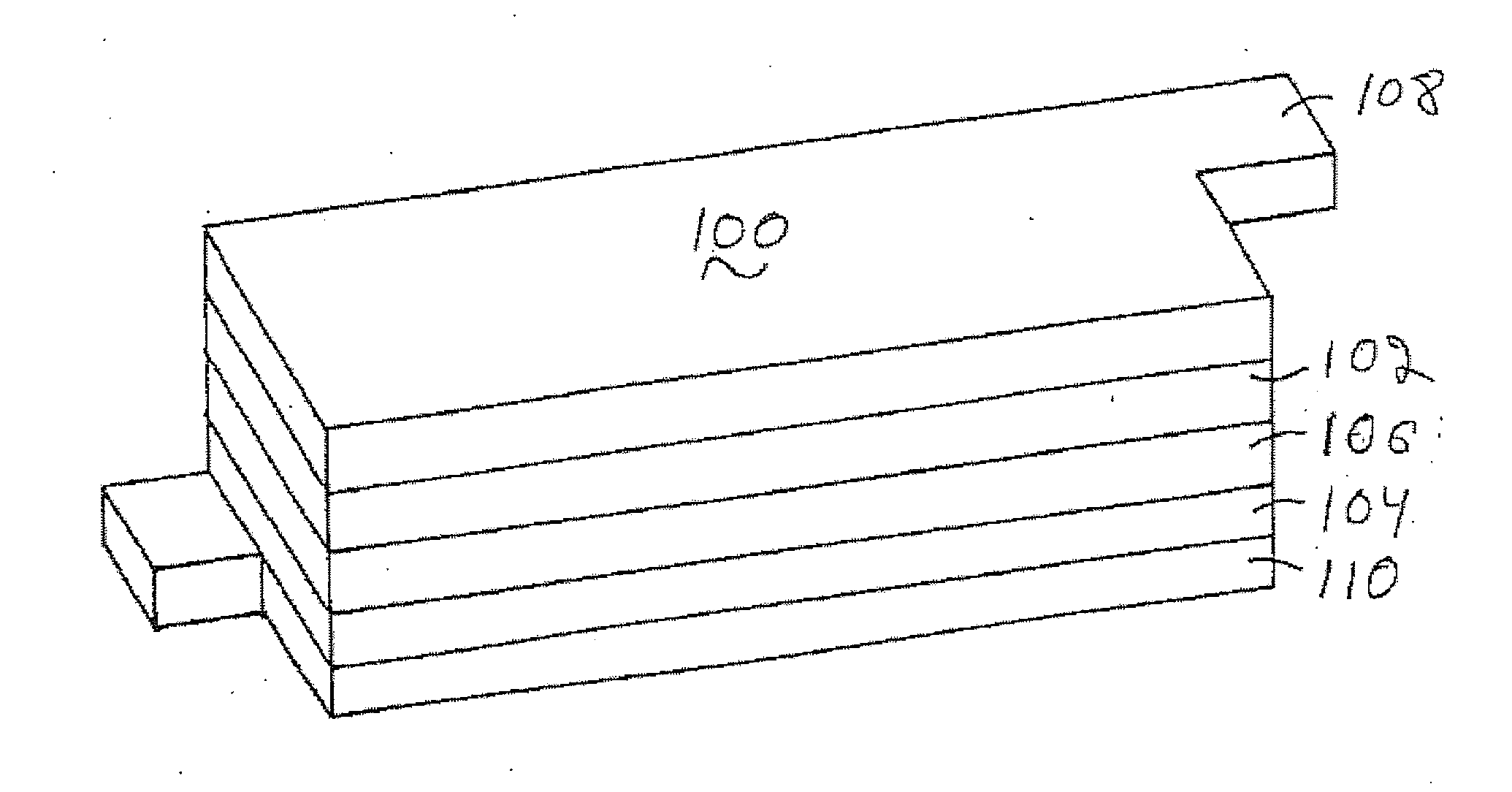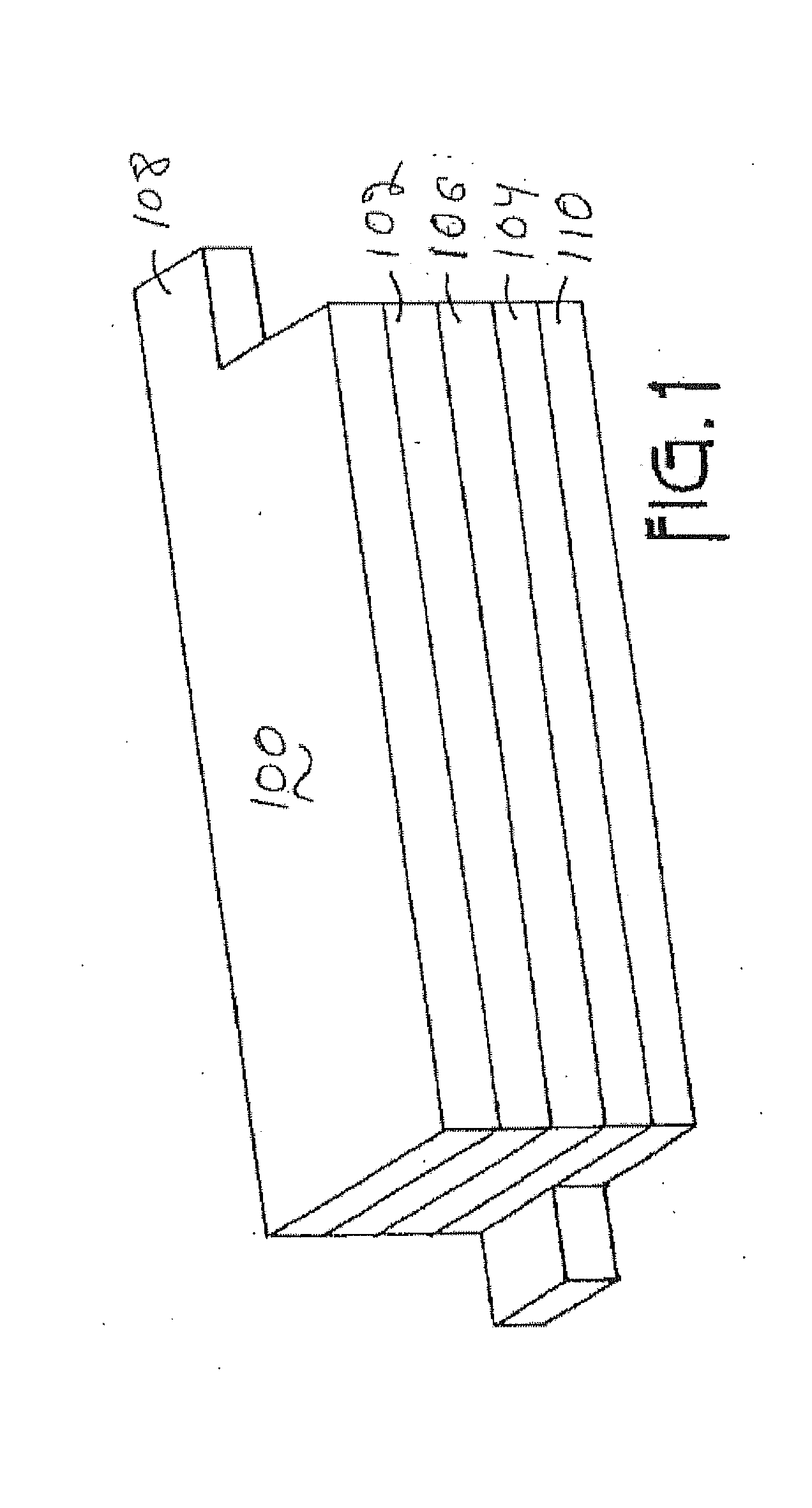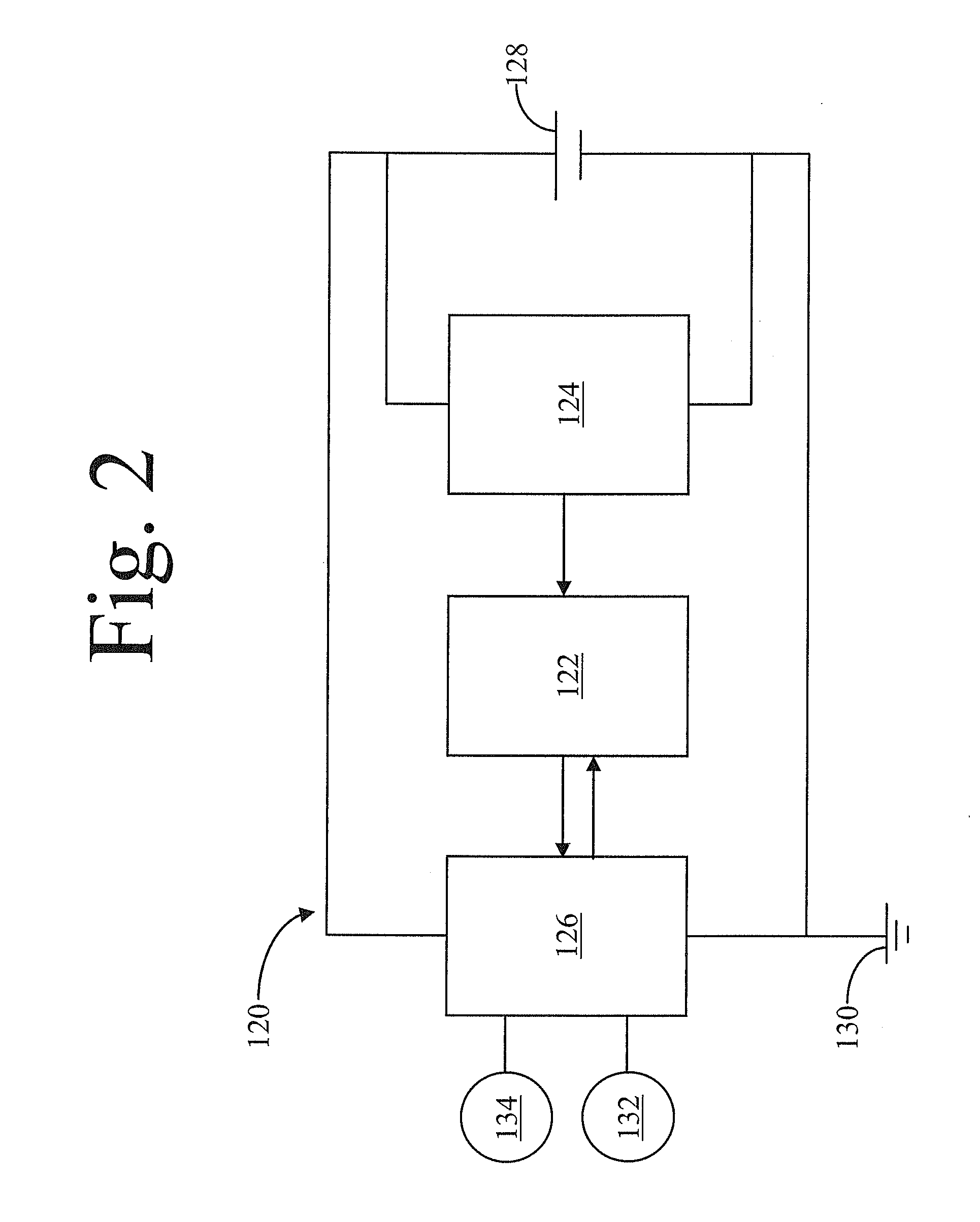High voltage battery formation protocols and control of charging and discharging for desirable long term cycling performance
a high-voltage battery and cycle performance technology, applied in the field of lithium ion batteries, can solve the problems of low energy density of battery cells and no significant improvement in energy density, and achieve the effect of increasing the capacity of batteries
- Summary
- Abstract
- Description
- Claims
- Application Information
AI Technical Summary
Benefits of technology
Problems solved by technology
Method used
Image
Examples
example 1
Effect of Cell Formation Protocol on Battery Capacity Fade
[0104]This example shows the effect of the cell formation protocol on the battery capacity fade. First, two batteries were constructed as described above. Subsequently, one battery was formed using formation protocol A and the other battery was formed using formation protocol B. Formation protocol A comprised a first charge of a battery to 4.6 volts at a constant current of C / 10. Subsequently, the battery was held at a constant voltage of 4.6 volts for 4 hours prior to resting in an open circuit configuration for 7 days. The battery was then discharged to 2.0 volts at a constant current of C / 10. Formation protocol B comprised a first charge of a battery to 4.2 volts at a constant current of C / 10. Subsequently, the battery was held at a constant voltage of 4.2 volts for 4 hours prior to resting in an open circuit configuration for 7 days. Alternative lengths of the rest period are described further below. The battery was then ...
example 2
Effect of Cycling Voltage on Battery Capacity Fade
[0113]This example shows the effect of cycling voltage on battery capacity fade demonstrating that a deeper discharge decreases capacity fade. Three equivalent batteries were constructed as described above and foamed using formation protocol A described in example 1. Each battery was then cycled using a different cycling protocol.
[0114]For all three cycling protocols, the batteries were charged to a voltage of 4.6 volts during the charging phase of cycling. The battery cycled using the first cycling protocol was discharged to a voltage of 2.5 volts during the discharge phase of cycling. The battery cycled using the second cycling protocol was discharged to a voltage of 2.0 volts during the discharge phase of cycling. The battery cycled using the third cycling protocol was discharge to a voltage of 2.5 volts during the 115 cycles and, therefore, discharged to a voltage of 2.0 volts. Each battery was cycled more than 203 times followin...
PUM
 Login to View More
Login to View More Abstract
Description
Claims
Application Information
 Login to View More
Login to View More - R&D
- Intellectual Property
- Life Sciences
- Materials
- Tech Scout
- Unparalleled Data Quality
- Higher Quality Content
- 60% Fewer Hallucinations
Browse by: Latest US Patents, China's latest patents, Technical Efficacy Thesaurus, Application Domain, Technology Topic, Popular Technical Reports.
© 2025 PatSnap. All rights reserved.Legal|Privacy policy|Modern Slavery Act Transparency Statement|Sitemap|About US| Contact US: help@patsnap.com



